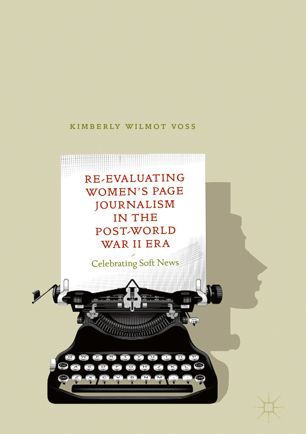

Most ebook files are in PDF format, so you can easily read them using various software such as Foxit Reader or directly on the Google Chrome browser.
Some ebook files are released by publishers in other formats such as .awz, .mobi, .epub, .fb2, etc. You may need to install specific software to read these formats on mobile/PC, such as Calibre.
Please read the tutorial at this link: https://ebookbell.com/faq
We offer FREE conversion to the popular formats you request; however, this may take some time. Therefore, right after payment, please email us, and we will try to provide the service as quickly as possible.
For some exceptional file formats or broken links (if any), please refrain from opening any disputes. Instead, email us first, and we will try to assist within a maximum of 6 hours.
EbookBell Team

5.0
18 reviewsRe-Evaluating Women’s Page Journalism in the Post-World War II Era tells the stories of significant women’s page journalists who contributed to the women’s liberation movement and the journalism community. Previous versions of journalism history had reduced the role these women played at their newspapers and in their communities—if they were mentioned at all. For decades, the only place for women in newspapers was the women’s pages. While often dismissed as fluff by management, these sections in fact documented social changes in communities.
These women were smart, feisty and ahead of their times. They left a great legacy for today’s women journalists. This book brings these individual women together and allows for a broader understanding of women’s page journalism in the 1950s and 1960s. It details the significant roles they played in the post-World War II years, laying the foundation for a changing role for women.